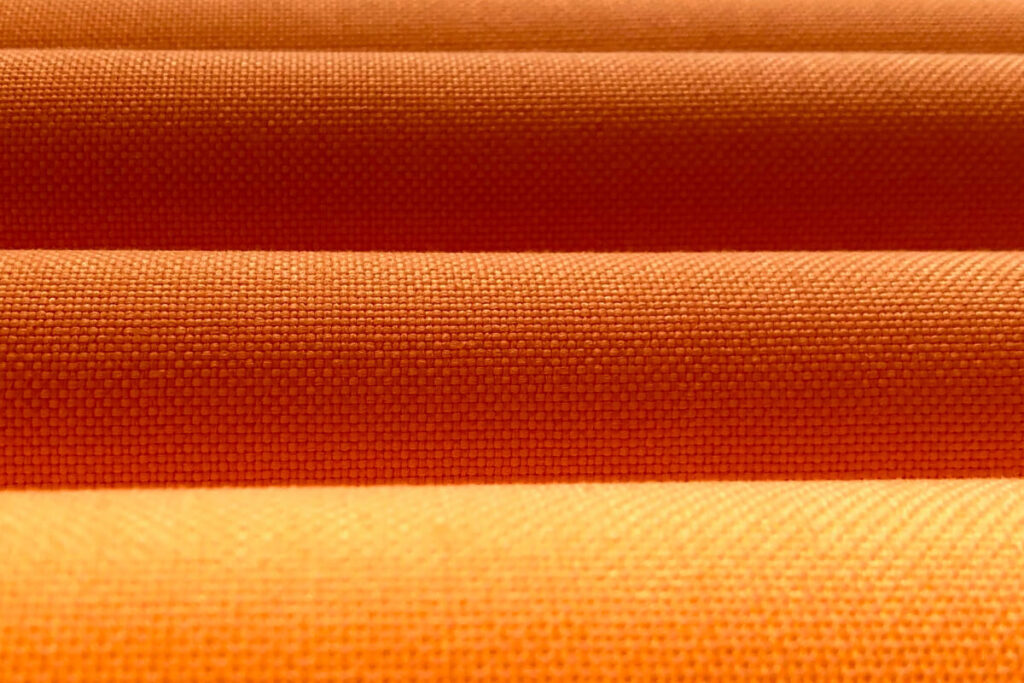
Laminated High-Density Polyethylene (HDPE) woven fabrics are a rising star in the material industry, offering a blend of modern innovation with sustainable application. This flexible and robust material has numerous advantages, particularly in the domains of durability, versatility, sustainability, and branding. In this blog post, we’ll explore the five fundamental benefits that are making this material a go-to choice for the construction industry, sustainability enthusiasts, packaging manufacturers, and more.
Laminated HDPE Woven Fabrics: A Sustainable Solution
At the heart of every innovation lies a problem waiting to be solved, and laminated HDPE woven fabrics have emerged as a solution to the demands of a dynamic world. These fabrics combine the strengths of high-density polyethylene, a thermoplastic known for its tough and resilient properties, with the weaving technique that adds tensile and tear strength to the material. The lamination process further enhances these properties, making the resulting fabric water-resistant, durable, and ready to face the elements.
This material’s woven pattern provides strength in both the horizontal and vertical directions, ensuring it can bear heavy loads and resist puncture and tears. The lamination with LDPE or LLDPE resins adds an environmental layer, making it feasible for a wide range of applications with a lower environmental footprint compared to traditional materials.
Benefit 1: Durability and Protection in Harsh Environments
HDPE woven fabrics serve as an excellent shield in scenarios that test the mettle of any material. For the construction industry, they become the first line of defense against the unforgiving nature of the elements. These laminates can endure extreme temperatures, resist UV degradation, and deflect rain and wind, making them ideal for temporary shelters, building wraps, scaffolding, and more.
In packaging, the ability to withstand substantial weight without breaking, flexibility to accommodate various object shapes, and the protective nature against moisture and dust make HDPE woven fabrics indispensable, securing items during storage and transportation. This level of durability not only safeguards products but reduces the need for constant replacement, offering a sustainable choice in the long run.
Benefit 2: Versatility for Multiple Applications
The inherent versatility of HDPE woven fabric is a standout feature that resonates across several industries. Its strengths are leveraged in uses as diverse as geotextiles for erosion control, weed barriers in horticulture, and as ground underlayment for events. It also serves in vertical applications such as tarpaulins for outdoor events and construction, and as a lining material in various containers.
The ease with which these fabrics can be tailored to fit the specific needs of different applications offers a level of customization that is often sought but rarely found in other materials. Their ability to adapt makes them a one-stop solution for a variety of challenges, simplifying sourcing and reducing the material palette for businesses. With HDPE woven fabrics, manufacturers can streamline their supply chains and achieve cost savings.
Benefit 3: Environmental Impact and Sustainability
Amidst global environmental concerns, the choice of materials has never been more crucial. HDPE woven fabrics are making a mark by significantly reducing environmental impact. This begins with the durability of the material, which, as mentioned earlier, minimizes the need for replacement and wastage. Additionally, HDPE is a non-toxic material that is recyclable and reusable, making it a sustainable choice for various industries.
The reduced weight and volume requirements for transportation compared to other materials also lower the carbon footprint, reducing the emissions associated with logistics. The possible inclusion of recyclable or reusable options further adds to the sustainability factor, making these fabrics more than just a provisional solution but a strategic step towards a more sustainable future.
Benefit 4: Cost-Effectiveness and Long-Term Value
From the standpoint of businesses, a compelling benefit of HDPE woven fabrics is the cost-effectiveness they bring. Their durability, when weighed against the initial outlay, translates to long-term savings by reducing repair and replacement costs. Their lightweight also means lower transportation costs, while their versatile nature allows for use in multiple applications, reducing the need to source different materials.
Furthermore, their lightweight nature not only offers logistical savings but also reduces the labor and handling expenses involved in working with heavy materials, making them a preferred choice for both operational efficiency and cost management. A single investment in a quality HDPE woven fabric can therefore yield dividends in terms of longevity and reliability.
Have questions about laminated HDPE woven fabrics?
Benefit 5: Enhanced Branding and Aesthetics
Packaging is the first touchpoint between a brand and its customer, and the visual appeal plays a significant role in consumer perception. HDPE woven fabrics, with their vibrant printability and branding options, allow for products to be presented attractively without compromising on protection or sustainability.
Similarly, in the construction industry, the use of branded wraps or scaffolding covers acts as a canvas for massive artworks, advertising, or informational messaging, contributing to an enhanced aesthetic and a positive public image. The ability to match colors, apply logos, and print high-quality images on these fabrics serves as an additional marketing tool for businesses, turning an operational necessity into a branding opportunity.
Conclusion: The Future of Laminated HDPE Woven Fabrics in Various Industries
The benefits outlined paint a picture of a material that not only meets functional requirements but addresses the growing need for sustainability without sacrificing on capability or cost. Laminated HDPE woven fabrics are poised to become an integral part of multiple industries, thanks to their adaptable nature and the positive impact they have on operational and environmental metrics.
The future could see an expansion in applications and the development of more advanced materials derived from HDPE woven fabrics, taking advantage of its strength, versatility, and sustainability. Industries that choose to adopt these fabrics will not only benefit from their immediate advantages but will also make a statement about their commitment to a greener and more sustainable approach to operations.
